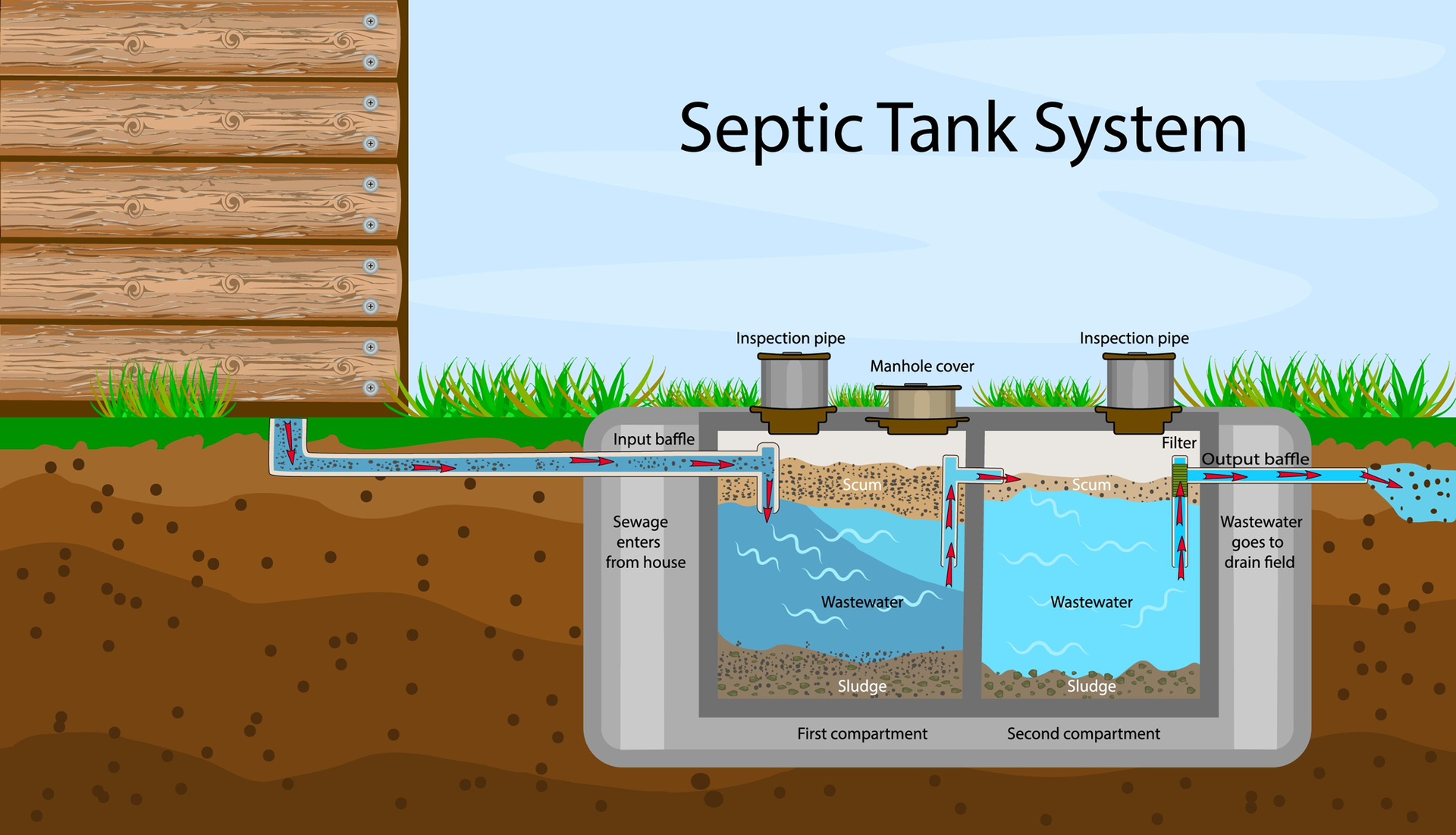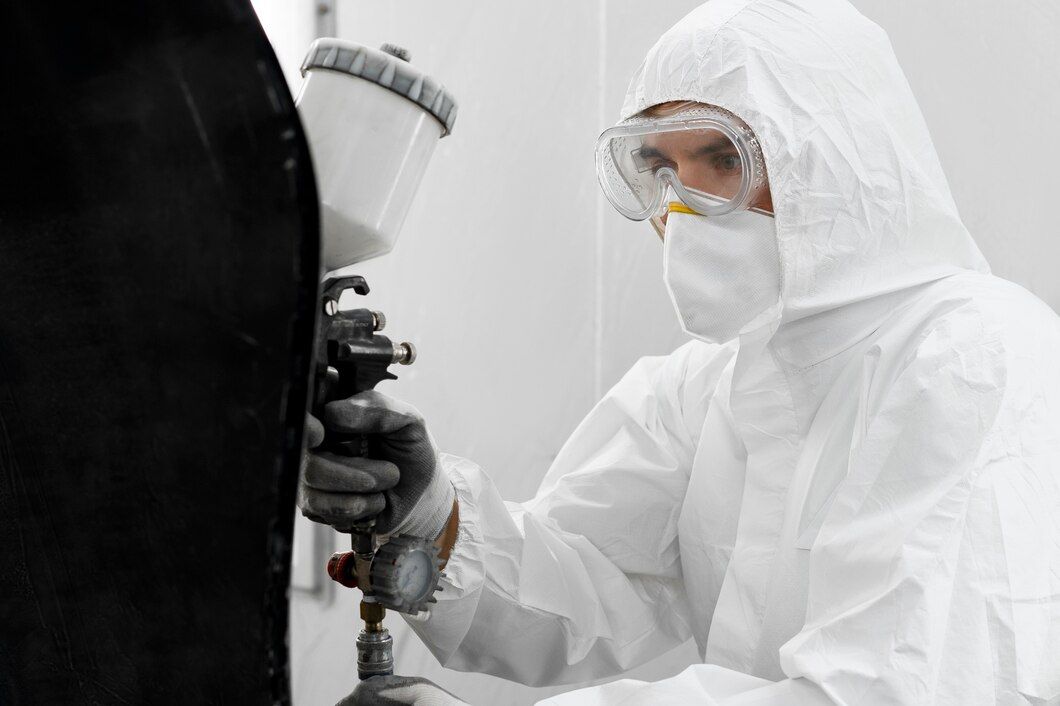Understanding Different Types of Septic Tanks: Purpose and Function

Introduction
Septic tanks play a crucial role in managing household wastewater in areas where municipal sewage systems are not available. As an essential component of residential and commercial properties, understanding the different types of septic tanks and how they work is vital. In this blog post, we will explore the various septic tank systems commonly used, their purposes, and their functioning.
Conventional Septic Tanks
Conventional septic tanks are the most common type of septic system found in residential properties. These tanks consist of a large, watertight container typically made of concrete or fiberglass. The primary purpose of a conventional septic tank is to collect and separate solid waste from wastewater.
Here's how it works:
- Wastewater flows into the septic tank through the inlet pipe.
- The solid waste settles to the bottom, forming a layer of sludge.
- Lighter solids and grease float to the top, creating a layer of scum.
- The clarified liquid, known as effluent, flows out of the tank through the outlet pipe.
- The effluent then enters the drain field, where it undergoes further treatment through soil absorption.
Aerobic Treatment Units (ATUs)
Aerobic treatment units, or ATUs, are an advanced septic tank system that uses oxygen to accelerate the decomposition of organic matter. These systems are particularly suitable for properties with challenging soil conditions or limited space.
Key features of ATUs:
ATUs incorporate an aeration chamber that introduces oxygen into the wastewater, promoting the growth of aerobic bacteria.
The bacteria break down the organic matter more efficiently compared to conventional septic tanks.
This process produces a higher quality of effluent, which can be discharged into the environment or reused for irrigation purposes.
Chamber Septic Tanks
Chamber septic tanks are a modern alternative to traditional septic systems, offering improved efficiency and ease of maintenance. Instead of a single large tank, chamber systems consist of multiple interconnected chambers or plastic units.
Advantages of chamber septic tanks:
- Increased treatment efficiency: The multiple chambers allow for better distribution of wastewater, ensuring more thorough treatment and preventing overload in one area.
- Enhanced soil absorption: The design of chamber systems promotes better contact between effluent and the surrounding soil, optimizing the absorption process.
- Easy maintenance and repair: The modular nature of chamber septic tanks simplifies septic inspection in Pasadena, MD, cleaning, and potential repairs.
Mound Septic Systems
Mound septic systems are designed for properties with high groundwater tables or inadequate soil conditions. Instead of relying on natural soil absorption, these systems use an elevated, constructed mound as an alternative drain field.
Components of mound septic systems:
Septic tank: Similar to conventional systems, a septic tank collects and separates solid waste from wastewater.
Pump chamber: Effluent is pumped from the septic tank to the mound through a pump chamber and distribution network.
Absorption mound: The mound is constructed using sand, gravel, and a layer of soil that allows the effluent to undergo further treatment before reaching the natural soil below.
Conclusion
Septic tanks are indispensable for homes and businesses situated in areas without access to public sewage systems. Understanding the different types of septic tank systems, their purposes, and how they work is essential for homeowners, property buyers, and professionals in the inspection industry.
From conventional septic tanks to advanced systems like ATUs, chamber septic tanks, and mound systems, each type serves a specific purpose and offers distinct advantages. Whether you're building a new property or maintaining an existing septic system, consulting with a qualified septic professional, like
Next Level Home Inspections, can ensure proper installation, functioning, and longevity of your septic tank system. Remember, a well-maintained septic system promotes both environmental sustainability and the well-being of your property.










